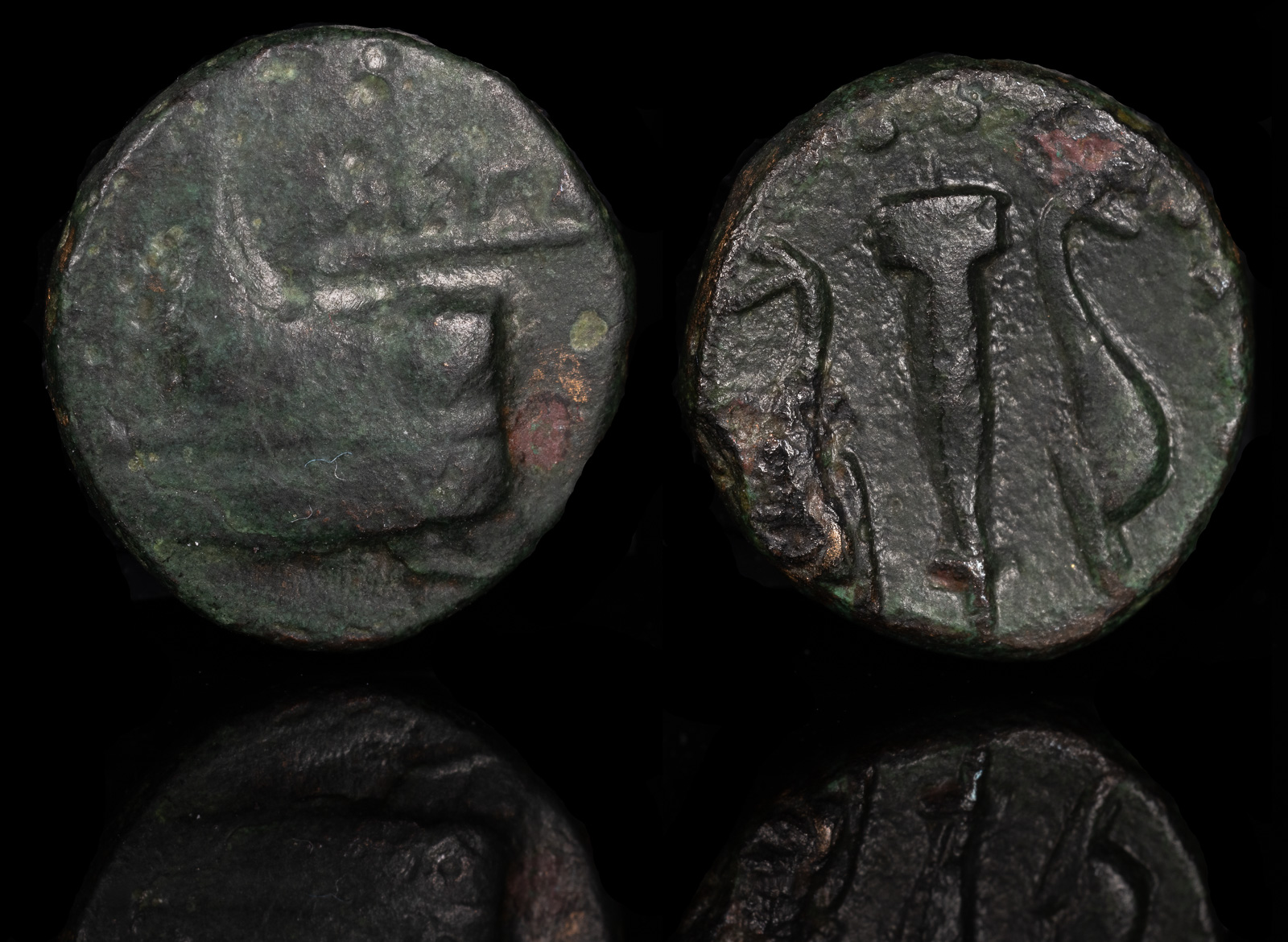Obelisk
View All Tags
In ancient Egypt, obelisks were symbolically linked to the sun’s rays. Their tall, pointed shape was intended to represent the sun’s rays stretching toward the earth, a connection that reflected the obelisk’s association with divine light and power. They were often erected in pairs at the entrances of temples, standing as gateways to the sacred space and serving as markers of divine presence. The inscriptions on the obelisks usually recorded the pharaoh’s achievements, military victories, and religious devotion, further reinforcing their significance as monuments to royal authority.
Over time, the use of obelisks spread beyond Egypt, particularly to Rome, where they became symbols of Roman imperial power and were installed in prominent public spaces, including squares and baths. The Romans often repurposed Egyptian obelisks, moving them from their original locations in Egypt to display in the heart of their empire. The obsession with obelisks in Rome symbolized the Romans’ desire to connect their empire with the grandeur and mystique of ancient Egypt, and many obelisks in Rome were placed in front of important buildings or churches to reinforce the Roman association with divine favor.

Megara Ae Dichalkon
Prior to Achaean League 3rd to 2nd Century BCE
13mm, 2.1gms
Obv: Prow of Galley; MEG above
Rev: Obelisk of Apollo between two dolphin swimming upward
Ex Bargain Bin Ancients